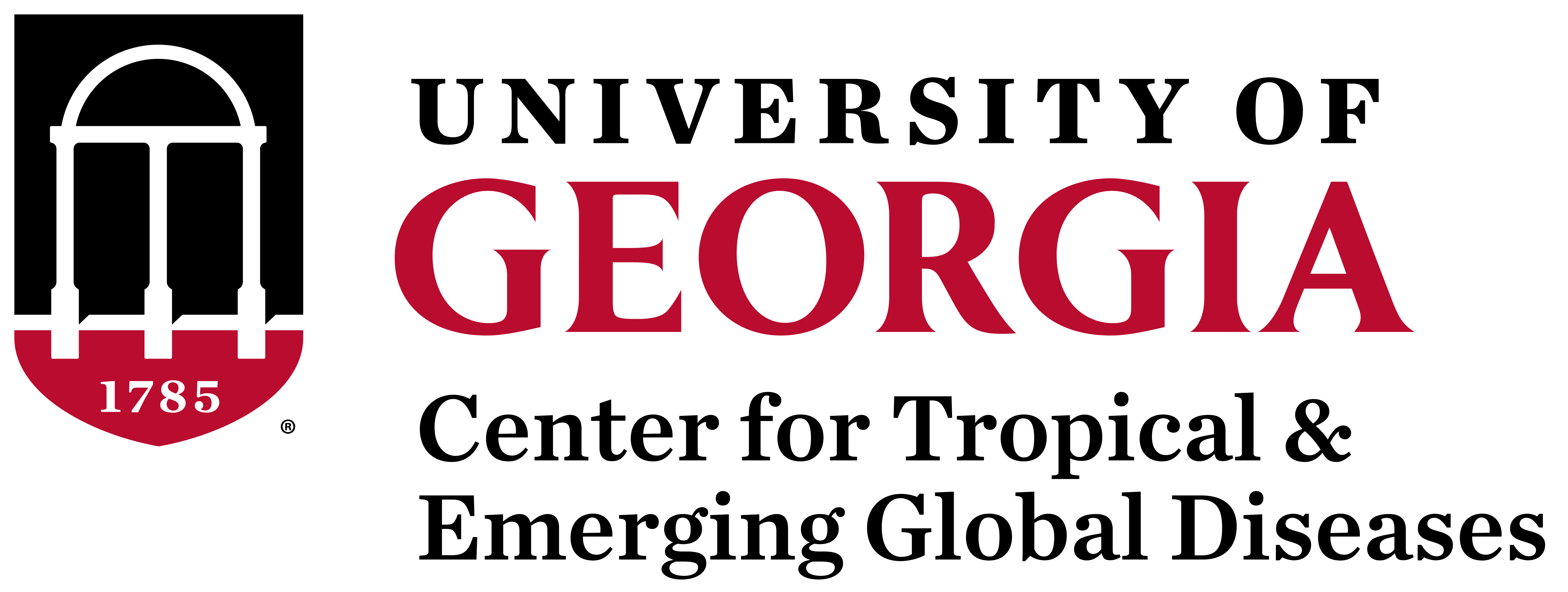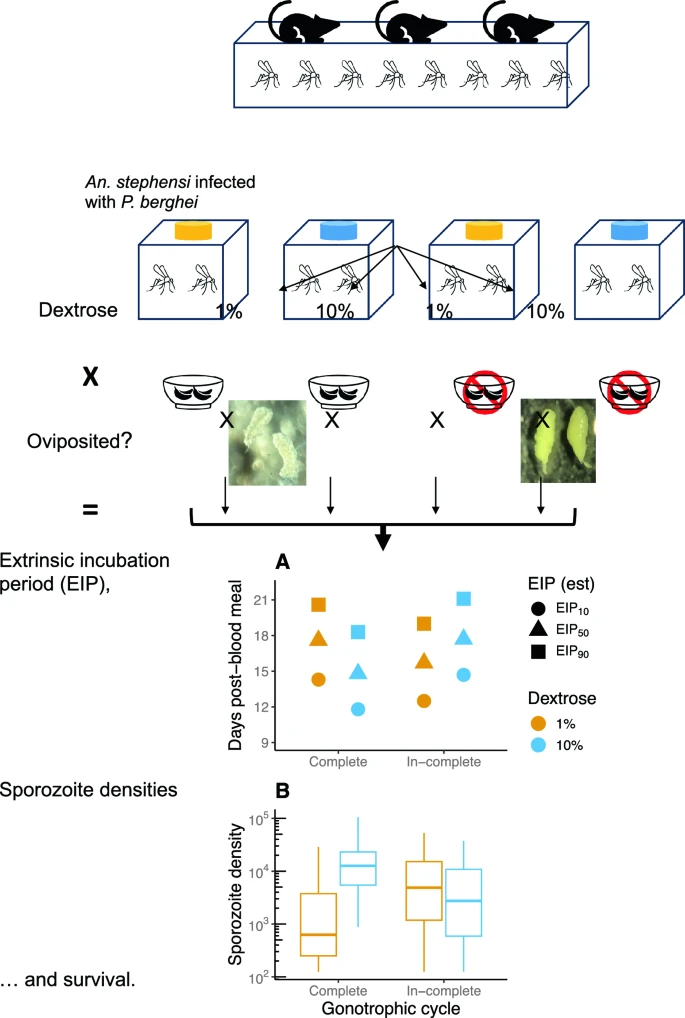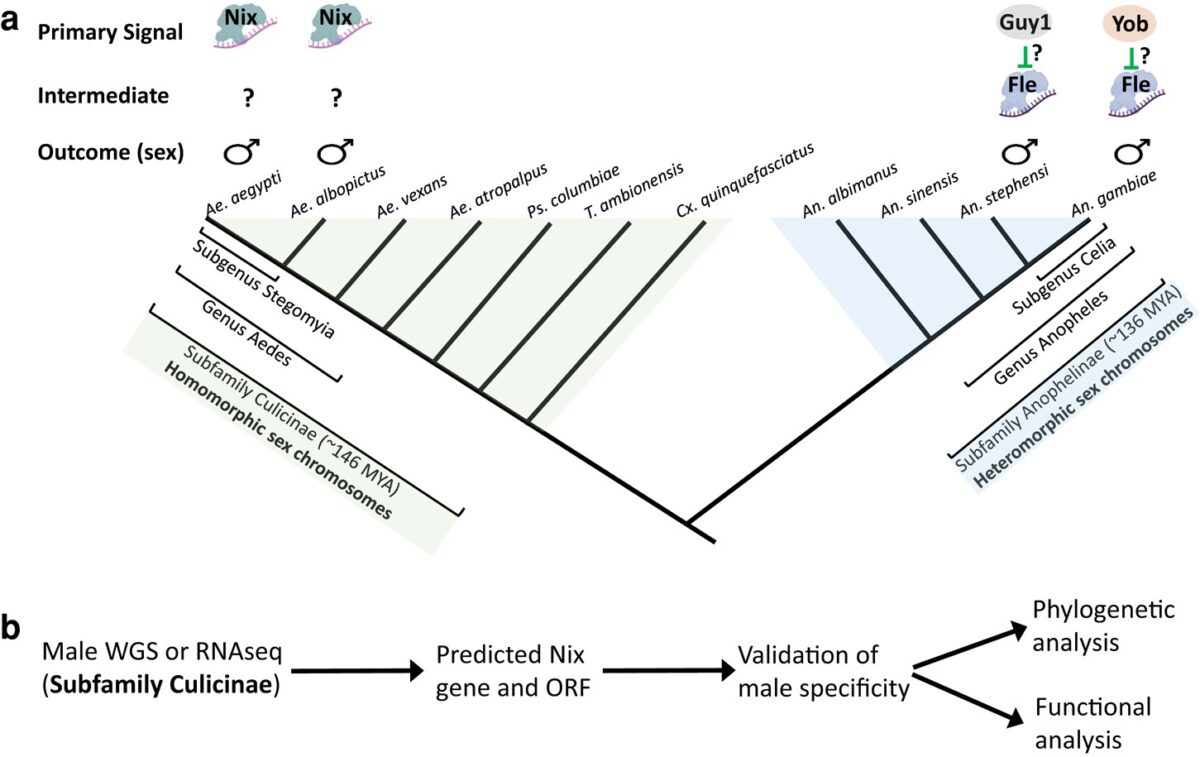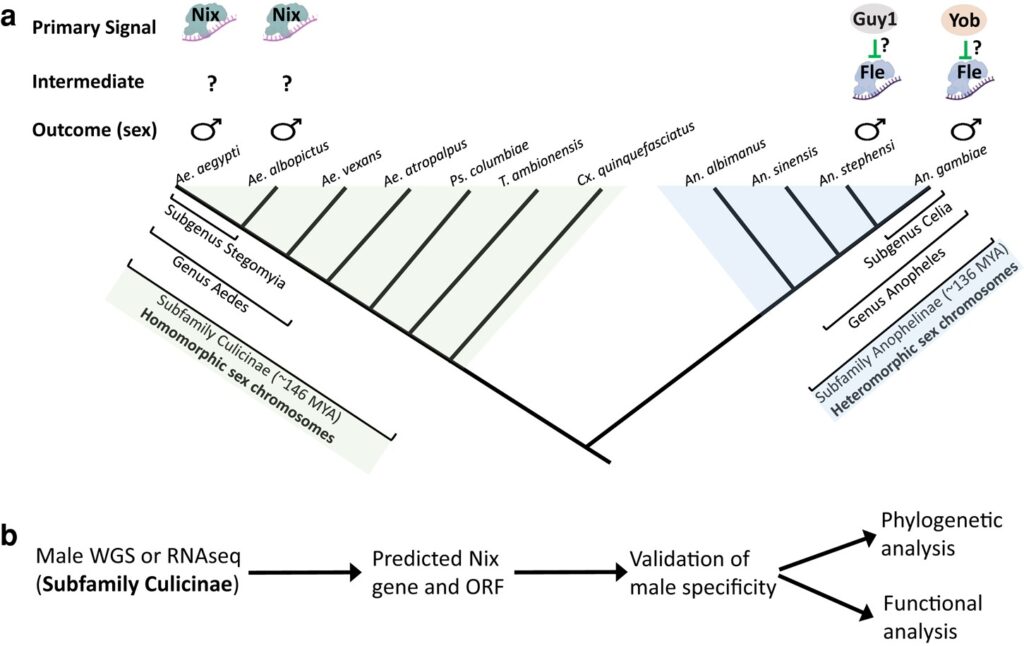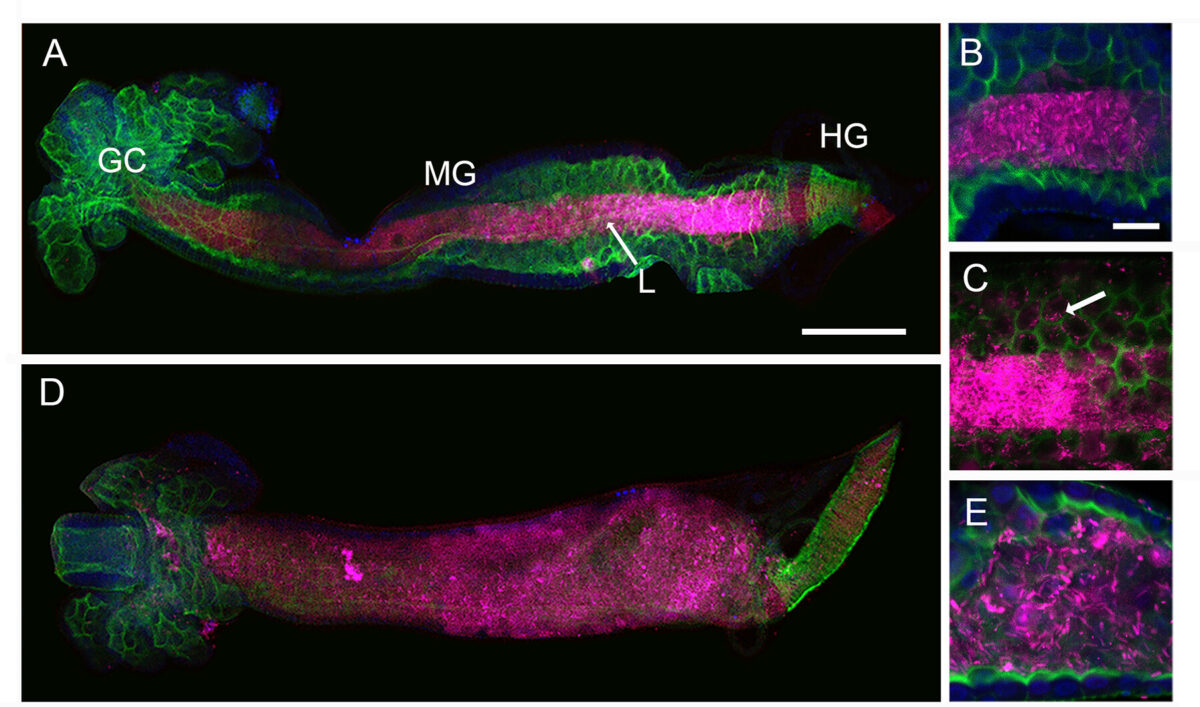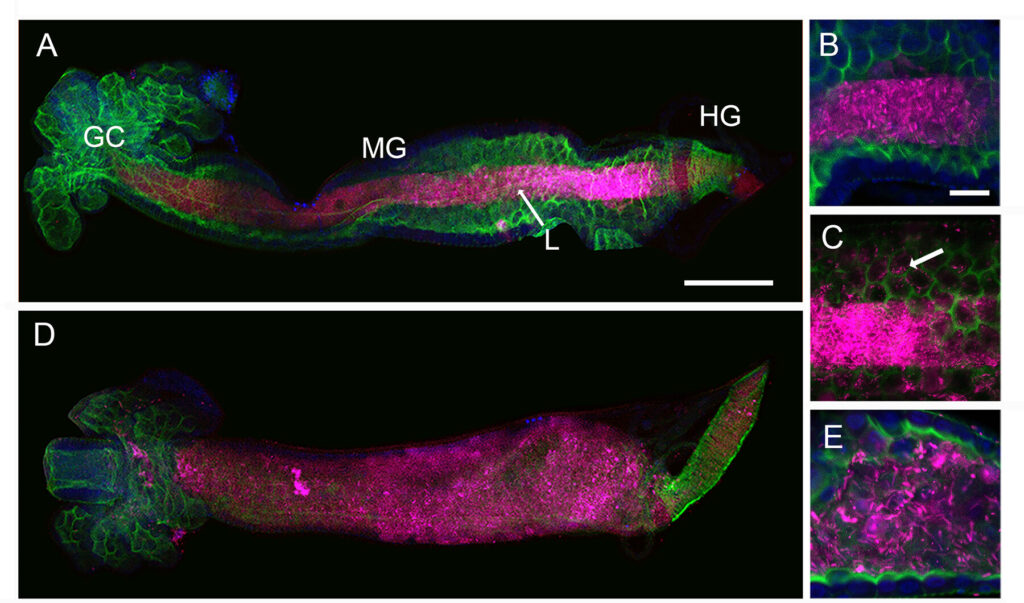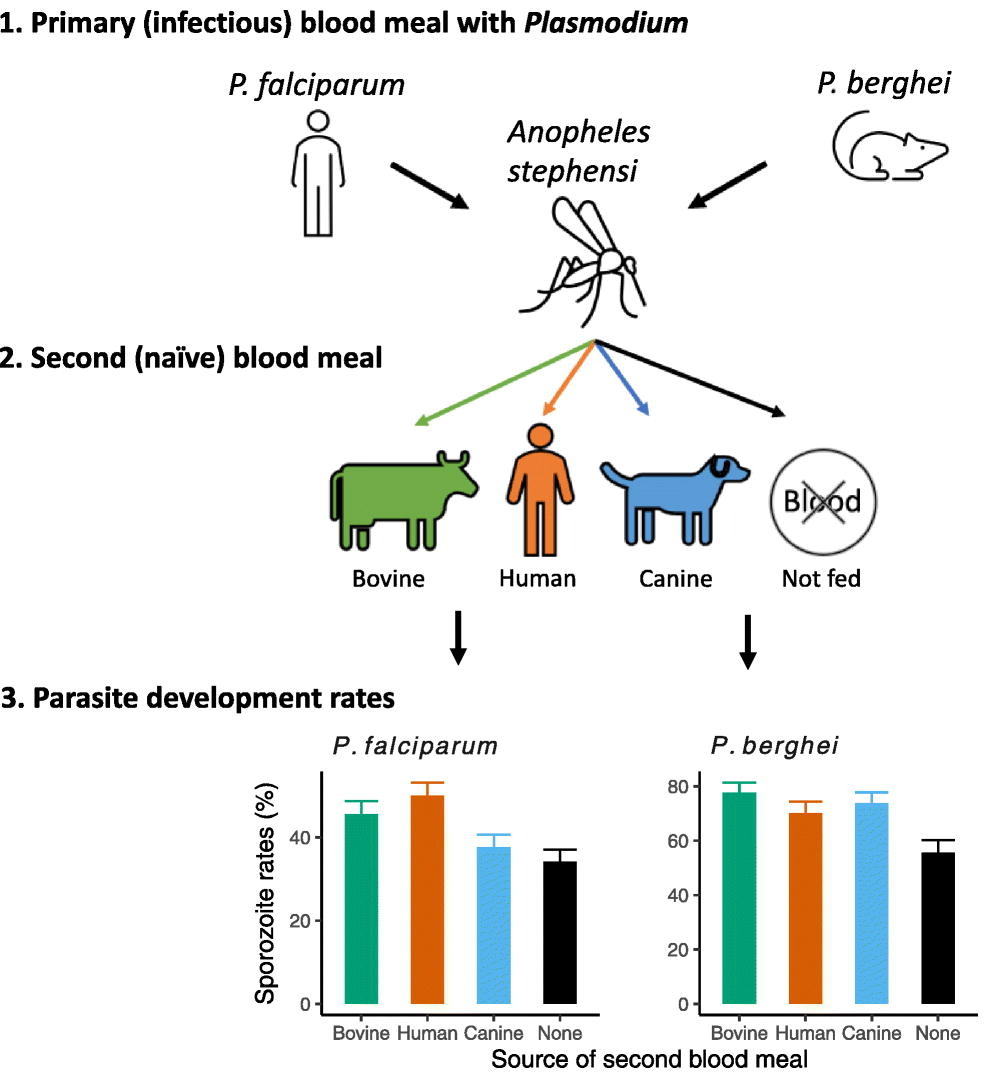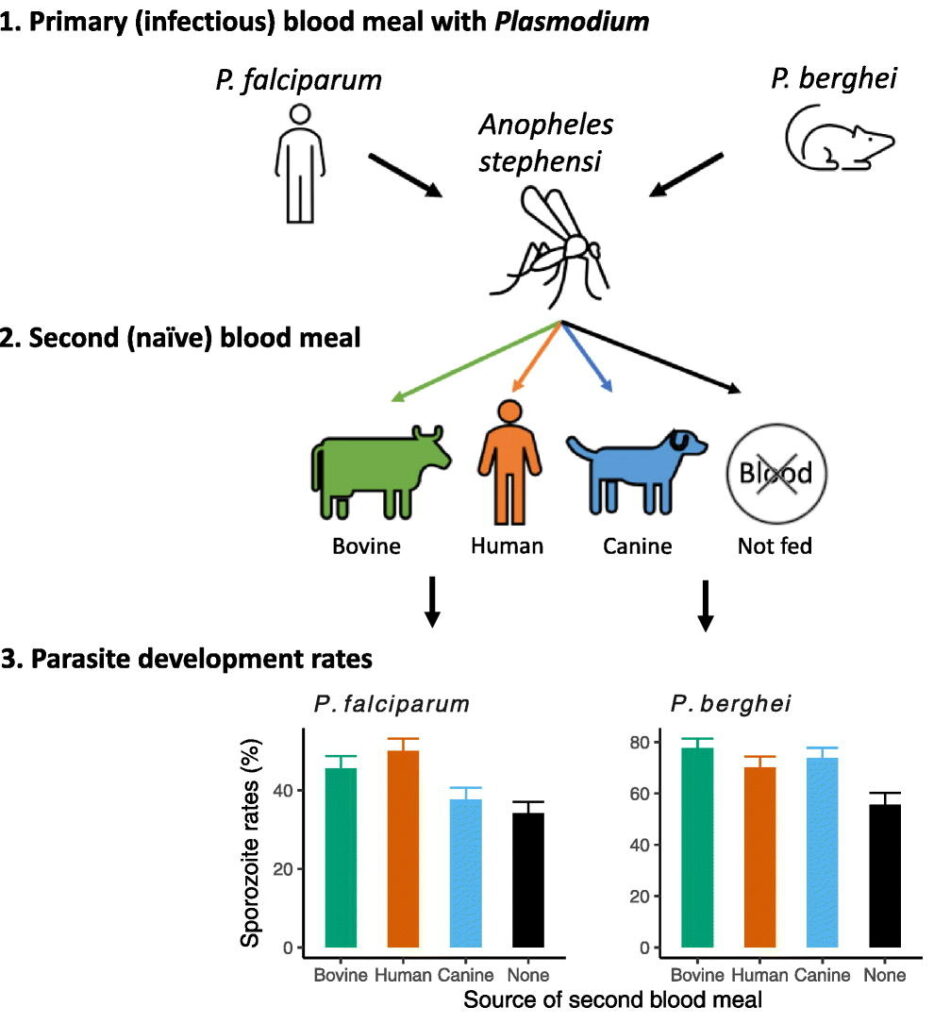Insulin-like peptides activate egg formation in the Asian malaria mosquito Anopheles stephensi
Background: The mosquito family Culicidae diverged into the subfamilies Anophelinae and Culicinae approximately 179 million years ago. Most female mosquitoes are anautogenous and must blood-feed on a vertebrate to produce eggs. Regulation of egg-producing gonotrophic cycles is best understood in the culicine Aedes aegypti. Anopheline mosquitoes encode all of the hormones that regulate gonotrophic cycles in Ae. aegypti, but the processes regulating egg formation may not be fully similar. In this study, we conducted experiments that compared egg formation in Anopheles stephensi to prior findings reported for Ae. aegypti.
Methods: Assays for yolk deposition into oocytes, ovary ecdysteroidogenesis, vitellogenin expression, nutrient storage and oviposition were used to characterize gonotrophic cycles in An. stephensi females that were mated or unmated.
Results: Yolk deposition into oocytes depended on the release of hormones produced in the head. Two insulin-like peptides, An. stephensi insulin-like peptide hormone 3 (AsILP3) and AsILP4, stimulated the vitellogenic phase in An. stephensi, as measured by several different assays, whereas ovary ecdysteroidogenic hormone (OEH) showed no stimulatory activity. Nutrient stores were lower in An. stephensi than Ae. aegypti, which was associated with females also being unresponsive to AsILP3 stimulation in the absence of a blood meal. Anopheles stephensi males transferred ecdysteroids (ECDs) to females, which was associated with mated females producing and laying more eggs than unmated females. However, mated and unmated females did not show differences in ECD production by the ovaries or vitellogenin expression at the messenger RNA level by the fat body. Most females that mated before consuming a first blood meal oviposited while most unmated females did not. Mating after consuming a first blood meal did not rescue oviposition. However, females that reabsorbed eggs and consumed a second blood meal did oviposit.
Conclusions: Regulation of gonotrophic cycles in An. stephensi shares some features with Ae. aegypti but also exhibits differences.
Benjamin L Phipps, Mark R Brown, Michael R Strand. Parasit Vectors. 2025 Oct 7;18(1):399. doi: 10.1186/s13071-025-07036-y.
